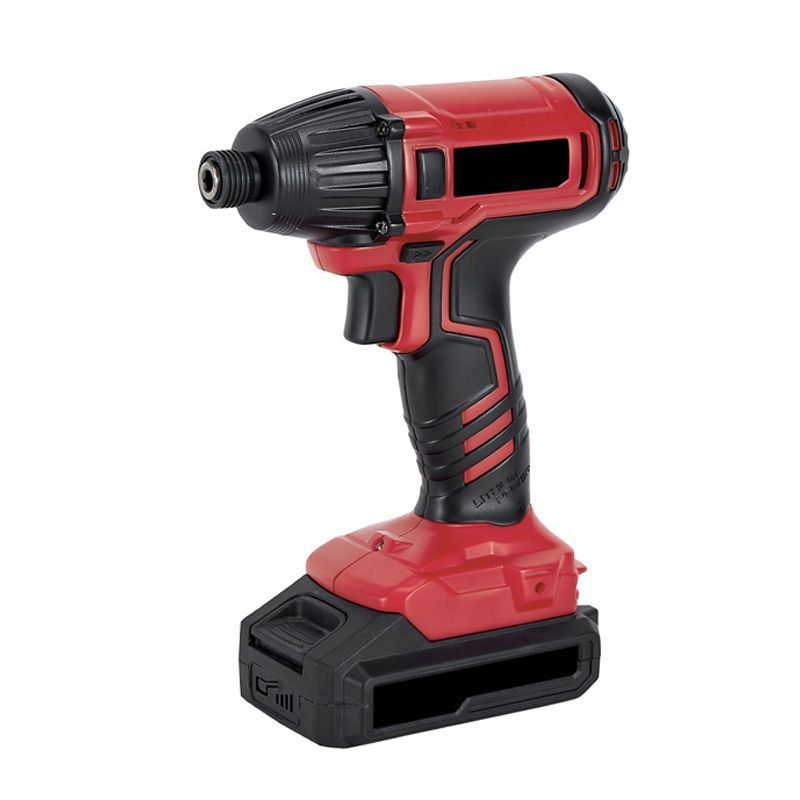How many teeth do I need on my saw blade?
When it comes to woodworking, having the right tools can make all the difference in achieving accurate cuts and smooth finishes. One crucial component of any saw is the blade, and the number of teeth it possesses plays a significant role in determining the type of cuts it can make. In this article, we will explore the factors to consider when selecting the appropriate number of teeth for your saw blade, ensuring optimal performance and desired outcomes in your woodworking projects.
Understanding Tooth Count: The Saw Blade tooth count refers to the number of teeth on a saw blade, typically measured per inch (TPI). Different saw blades come with varying tooth counts, and understanding their impact is essential for selecting the most suitable blade for your specific woodworking needs. The tooth count determines the blade's cutting speed, finish quality, and its ability to handle different materials.
Fewer Teeth: Speed and Rough Cuts Saw blades with fewer teeth are ideal for fast cutting and rough cuts. Blades with lower tooth counts, such as 10 to 24 TPI, have larger gullets, providing more space for chip removal. This design allows for quicker material removal, making them suitable for tasks like cross-cutting or ripping through thick stock. However, fewer teeth can result in a rougher finish, requiring additional sanding or planing to achieve a polished result.

More Teeth: Precision and Smooth Cuts Blades with a higher tooth count, typically ranging from 40 to 100 TPI, are better suited for achieving precise and smooth cuts. These saw blades have smaller gullets, which reduce chip clearance but provide finer cuts with minimal tear-out. They excel in tasks that require clean edges, such as making fine furniture, intricate joinery, or cutting materials prone to chipping, like laminates or melamine. Higher tooth counts result in slower cutting speeds but produce superior finish quality.
Material Considerations: Apart from the desired cut quality, the material being cut also influences the choice of tooth count. Different materials require different cutting approaches, and selecting the appropriate blade with the right number of teeth is crucial for optimal performance.
a. Wood: For general woodworking applications, a blade with 24 to 60 TPI strikes a balance between speed and finish quality. Higher tooth counts are suitable for hardwoods, ensuring clean and splinter-free cuts, while lower tooth counts are preferred for softwoods or when cutting thicker stock.
Related links:How Do I Choose a Weldon End Mill Holder?
What are 10 groove-joint pliers used for?
How long will a diamond blade last?
Non-Sparking Sockets and Accessories: A Crucial Component for Safety
Precautions when using diamond saw blades
What is the difference between milled tooth bit and insert bit?
What is the use of triple reamer?
b. Plywood and Veneer: To minimize tear-out and achieve smooth cuts on plywood or veneer, blades with a higher tooth count, such as 80 to 100 TPI, are recommended.
c. Metal: When cutting non-ferrous metals like aluminum or brass, blades with a high tooth count, such as 80 to 100 TPI, are essential for achieving clean and precise cuts. For ferrous metals like steel, a lower tooth count, ranging from 14 to 24 TPI, is more suitable.
d. Plastic and Composite Materials: Blades with a high tooth count, around 60 to 100 TPI, are ideal for cutting plastics and composite materials, ensuring clean cuts and minimizing melting or chipping.
Combination Blades: For those who work with a variety of materials, combination blades with a medium tooth count, typically ranging from 24 to 50 TPI, offer versatility. These blades strike a balance between speed and finish quality, making them suitable for general woodworking tasks.
Conclusion: Selecting the right number of teeth on your JK saw blade is crucial for achieving the desired cutting speed, finish quality, and material compatibility. Understanding the trade-offs between tooth count, cutting speed, and the type of cut you wish to achieve enables you to make an informed decision. Whether you prioritize speed for rough cuts or precision for fine woodworking, matching the tooth count to the material and intended application will ultimately result in optimal performance and satisfying results in your woodworking projects.
How is pneumatic testing done?
Where are non sparking tools required?
What is the use of electric wire rope hoist?
Unlocking the Power of Non-Sparking Socket Sets: Essential Safety Tips & Expert Recommendations
Which advanced gas cylinder transfer method prevails?
Ultimate Guide: Unleash High Efficiency with HDD Drill Tools
Unlocking Productivity: The High-performance PDC Oilfield Drill Bit Revolution!











